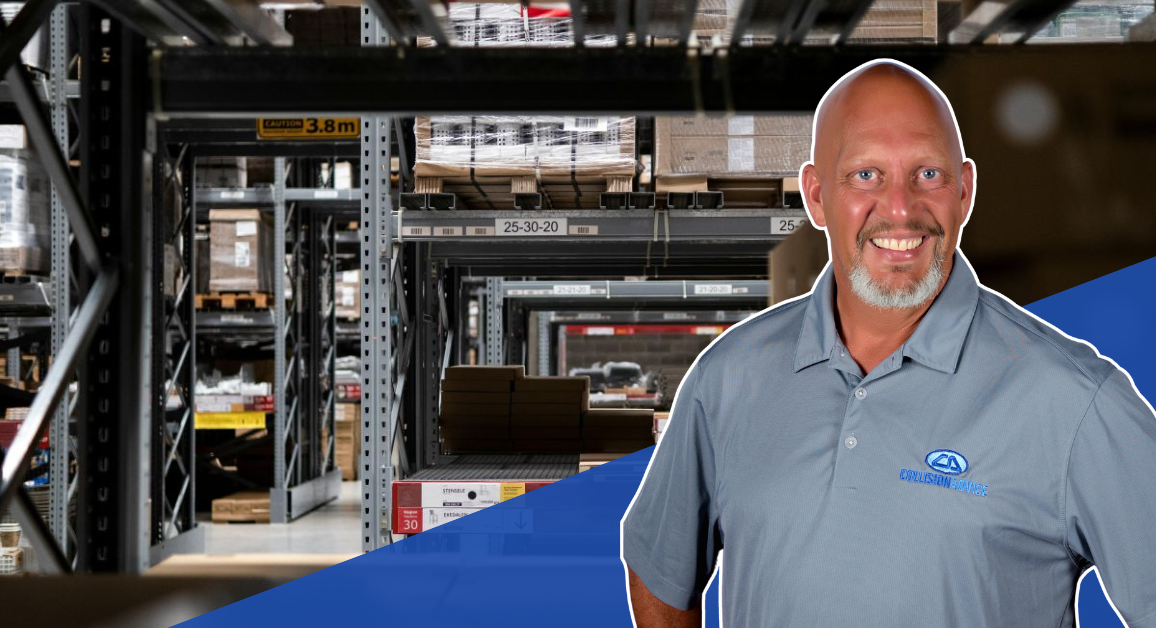Over the past year or so, I’ve conducted 14 meetings across the U.S., bringing together collision repairers with corporate representatives, district managers and regional wholesale parts managers for one of the automakers. There was one goal for these meetings: to better understand each other’s perspective, and to share information with one another that would give all of the participants a clearer understanding of how the parts processes work between the various stakeholders.
It has been a bit surprising to watch as the meeting attendees start to realize just how much they didn’t understand about what’s going on for companies on the other side of their day-to-day transactions. But it’s also been very satisfying to see them gain a whole new appreciation of how they can each be a better business partner to one another.
One of the things I realized through these meetings was that when we have industry events, we generally hear the voice of the OEMs, the voice of the shops and MSOs, the voice of the information providers, and sometimes the voice of the insurers.
But the voice of one industry stakeholder we do not generally hear is that of the wholesale parts distributor: the men and woman at dealership parts departments who deal with last-minute rush orders, who deal with price-matching pressures, who deal with multiple electronic parts ordering systems, who deal with shops that do not pay their bills on time or large MSOs who want payment terms that sometimes stretch out beyond 60 days -- and so much more.
These men and women, these wholesale parts vendors, deserve to have their voice heard -- and the purpose of my next few columns is to share their insights, their concerns, their pain points. Importantly, I hope to convey why hearing their voice should matter to all the other stakeholders.
Lots of Perspectives to Convey
When I first starting thinking about how to convey their voice through this column, in addition to all the various other perspectives I was hearing in those meeting rooms around the country from the shops and the other attendees, I wasn’t sure it could be done. There seemed to be so many important messages.
Shops were saying what they are looking for from their parts dealers -- and in some cases coming away with a better understanding about which of those expectations were realistic and which were not.
Parts wholesalers were saying what they would like in terms of collision repair wholesale customers -- and realizing why shops may be coming to them with unrealistic expectations.
Both sides were seeing why insurers are currently pushing for even harder than in the past for better cycle time and lower severity.
And it all made me realize insurance companies need to understand the potentially bad outcomes that could have for shops and parts vendors if things do not change.
So rather than trying to capture all this in one column, Autobody News has agreed I can devote the next several columns to examining some of the key issues related to the role of parts in the industry. I promised meeting attendees I would try to report the key messages they had for their counterparts in other segments of our industry.
My goal for these columns is to relay the perspectives of each of the industry stakeholders: wholesale parts vendors, collision repairers, OEMs, insurers -- and ultimately, the consumers we all serve.
In addition, I will share insights gained through our quarterly Collision Advice “Who Pays for What?” surveys in regards to electronic parts software utilization.
A Wake-Up Call for the Industry
If there’s a wholesale parts vendor reading this column and you’d like to share your insights, please reach out to me through my assistant, Tiffany Driggers, at tiffany@collisionadvice.com.
For now, I will close out this article by saying this: because the voice of the wholesale parts vendors is so rarely heard, shops and insurers may not realize those parts vendors are under tremendous pressure on their margins, with the increase of delivery driver wages, having to subscribe to multiple software electronic ordering platforms, etc.
It’s important to understand: if we do not listen to their voice, you may see dealerships getting out of the wholesale business if it no longer pencils out. This is not good for any stakeholder in our industry. This should be a wake-up call to the industry.
An aftermarket or recycled parts vendor may think this is good for them, but they will not be able to supply all of the parts we need. Insurers may not be thinking about the downside, but if we have fewer dealerships involved in the wholesale business, we will see cycle time actually increase rather than decrease. We will see consumers getting frustrated -- and a ton of other negative ramifications.
It is time we re-think parts in our industry, and I hope you will be open-minded as you read my upcoming articles.
Next up: I’ll focus on what we’ve heard from collision repairers about what they are looking for in a best-in-class OEM wholesale parts vendor. Then we’ll change perspective and help shop owners understand makes them a good customer for a dealerships’ parts department. I’ll also focus on what shops and their parts suppliers can do together to each improve their business.













Mike Anderson